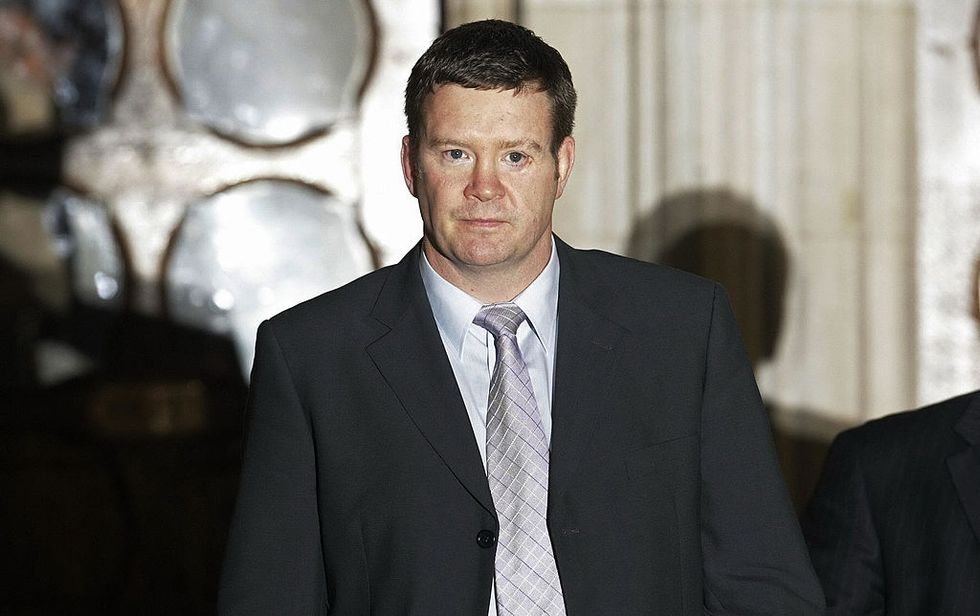It’s often overlooked that in the Paris car crash that claimed the lives of Princess Diana, Dodi Al Fayed and their driver Henri Paul, there was a fourth person in the car who survived: bodyguard Trevor Rees-Jones. The latest series of Netflix's The Crown covers the tragic accident and its controversial aftermath.
Rees-Jones – a former paratrooper – had been employed as a bodyguard by Mohammed Al Fayed, Dodi’s father. While Dodi and Diana were visiting Paris, he accompanied them, including to the Ritz Hotel, where they ate at a restaurant before heading back to Al Fayed’s apartment.
At around 12.30am on 31 August 1997, the couple got into the car with Rees-Jones in the front seat and Paul – who was later revealed to have been drinking and taking prescription drugs prior to driving the car – set off. However, they were soon being followed on the roads by paparazzi desperate for pictures of Diana and Dodi. Paul sped up.
At the entrance to the Pont de L’Alma tunnel, Paul’s Mercedes clipped a white Fiat Uno, then crashed into a pillar. According to Rees-Jones, the car’s airbag saved his life.
After the crash
Rushed to hospital, Rees-Jones spent ten days in a coma after the crash, suffering severe brain and chest injuries, while every bone in his face was broken. Surgeons reportedly used 150 pieces of titanium to rebuild his face, using old photos of him for reference.
After medical treatment, he was questioned about what he could remember about the crash, but he suffered from memory loss, and was unable to shed any further light on what happened. “I’m the only person who can tell people for real,” he said at the time, “and I can’t remember.”
In March 1998, he gave an interview to the Daily Mirror (via CBS) in which he claimed Diana had called out for Dodi after the crash, and that he had seen two cars and a motorbike following the Mercedes. He said: “I have had flashes of a female voice calling out in the back of the car. First it's a groan. Then Dodi's name is called. It could only have been Princess Diana. I was conscious, and so was she.”
But according to the BBC, he later retracted it, saying it wasn’t true; that he “still can't remember any of the immediate circumstances, and he had made them up in a moment of capitulation.”
The conspiracy theories
Rees-Jones also refused to acknowledge theories that the crash was a conspiracy, orchestrated by MI6, at the behest of the Royal family. These theories were alleged by Rees-Jones’ former employer, the late Al Fayed, but a French and UK investigation both found that these claims were without substance.
A UK jury found that Diana and Dodi were "unlawfully killed" through the grossly negligent driving of Paul – who worked for Al Fayed at the Ritz – who was intoxicated, as well as the pursuing vehicles. In 2008, on the release of the report, Al Fayed said that he would cease these claims and accepted the jury’s verdict.
In 2000, Rees-Jones published his book, The Bodyguard's Story: Diana, The Crash, And The Sole Survivor. Speaking with The Irish Times in the same year he said: “A mistake was made by Henri Paul to get behind the wheel of the car when he knew that he had been drinking. Not declaring either to us or to Dodi that he wasn't fit to drive. That was the mistake. I have accepted the finding. It was a simple drink-driving accident caused by speed. And that is what it was.”
Remarkably, Rees-Jones played rugby for North Wrexham just two years after his surgery, and later went on to work in security for the Texan oil company Halliburton. Most recently, he worked as head of security at AstraZeneca.













